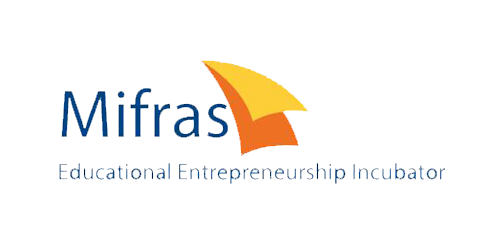CONTEXT
Mifras is an NGO dedicated to empowering school principals through a two-year program designed to develop their entrepreneurial skills. The program aims to equip principals with the tools and confidence to implement projects that improve educational outcomes in their schools.
CHALLENGE
Mifras sought our expertise to revamp their impact evaluation model to accurately assess the effectiveness of their program and to provide actionable insights for the organization’s team and stakeholders.
APPROACH
We began by conducting interviews with the Mifras team and reviewing existing materials to gain a deep understanding of the organization’s operations and goals. It became clear that the first step was to clearly define Mifras’ core value proposition. To achieve this, we facilitated a workshop with the organization’s management team, during which we collaboratively developed and agreed upon a new impact model.
Next, we validated the impact model by interviewing principals who had completed the program, comparing the intended outcomes with the actual impact experienced by Mifras’ alumni. This validation process allowed us to refine the impact model to better align with the real-world experiences of the participants.
With a validated model in place, we designed a set of measurement tools, including interviews and surveys to be conducted annually across four different cohorts. These tools were specifically crafted to focus on observable behaviors rather than subjective self-assessments, reducing bias and providing a more accurate understanding of the actual changes taking place within the schools.
After the first round of measurement and evaluation in the summer of 2022, we tested the newly designed model to ensure its accuracy and effectiveness.
FINDING AND RESULTS
The new measurement system, grounded in behavioral science best practices, successfully combines qualitative and quantitative research methods. This dual approach allows Mifras to:
- Narrative Building: Utilize qualitative data to tell compelling stories and create narratives about the projects’ impact.
- Data-Driven Insights: Leverage quantitative data to measure the effectiveness of the projects in practice, providing a clear picture of the outcomes.
As a result, Mifras now has a clear understanding of their core impact model and the ability to track key performance indicators (KPIs). These KPIs help the organization identify areas where additional support is needed and provide insights for process improvement. Moreover, the impact model has become a valuable tool for generating donor support, as the data clearly demonstrates the program’s effectiveness.
IMPACT
Mifras is now equipped with a robust and reliable impact evaluation system that not only tracks the success of their programs but also guides future improvements. The organization plans to continue this evaluation process annually with our guidance, ensuring that they remain data-driven and focused on achieving their mission.
IMSIGHTS
- Behavioral Focus: Shifting the focus from subjective self-assessment to observable behaviors provides a more accurate and objective measure of impact.
- Integrated Evaluation: Combining qualitative and quantitative methods enhances the depth and utility of the data, allowing for both storytelling and precise measurement of outcomes.
- Sustained Improvement: A well-structured impact model not only tracks current success but also identifies areas for continuous improvement and growth, ensuring long-term program sustainability.
